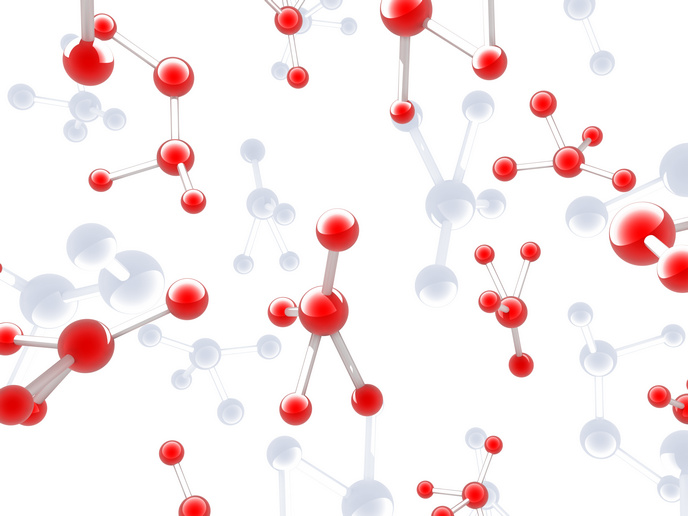Geometrically examining the equations that describe the world’s phenomena
Solving a particular equation can unlock a myriad of potential opportunities for mathematicians, scientists and engineers, but it often takes a long time for those applications to become evident. The EU-funded GEOGRAL project is focusing on a particular family of equations, called partial differential equations, or PDEs, that can be used to describe many of the phenomena present in the world. “Partial differential equations (PDEs) are the equations describing virtually every single phenomenon of the world we live in,” says Prof. Janusz Grabowski of the Institute of Mathematics at the Polish Academy of Sciences. Some of these phenomena include how the economical problem of optimal allocation of resources is described by the so-called Monge-Ampere equation; how the recently discovered gravitational waves were predicted by the famous Einstein equation; and how modern methods for weather forecasting are based on the equations describing the behaviour of fluids. “A PDE manages to formalise, in mathematical terms, the fact that the present behaviour of a phenomenon is dictated by his past history,” continues Prof. Grabowski. A typical example of this is how one of these equations can describe the growth of a population of bacteria. If the initial population consists of a single bacterium, then after 1 minute there will be two bacteria, after 2 minutes four, after 3 minutes eight and so on, in a pattern of exponential growth. The increase of the population depends on how long the multiplication process has been going on: at the very beginning the population grows by only a few elements, but after one hour, billions of bacteria could exist. Geometrically characterising PDEs The unique research objective of the project was to find a geometric way to characterise this special family of PDEs. There is a long tradition of applying geometry to PDEs that has existed since the beginning of the twentieth century. Establishing a geometric methodology could enable mathematicians to distinguish this special family from all other PDEs. However, the skills needed to visualise a PDE as a geometric object require years of study. Fundamental research into such domains is essential to ensure that science, research and engineering can move forwards based on strong mathematical foundations. Searching for PDES with certain symmetries Researchers often have to search to find the equations that might potentially solve a certain phenomenon. They do this by identifying certain ‘symmetries’ that the phenomenon expresses, and then investigating a series of PDEs until they discover one that expresses the same symmetries. The GEOGRAL team successfully devised a general procedure that, starting from an arbitrary group of symmetries, produces a PDE exhibiting extactly those symmetries. The project also successfully published several papers that detailed spin-off results. “These results represent a strong confirmation that geometry can be successfully employed in answering questions concerning PDES,” says Prof. Grabowski. “The results obtained by GEOGRAL certainly represent a source of inspiration for working experienced mathematicians and of motivation for the young ones wondering whether to pursue a career in science.” Over a long time scale, he concludes, “it may be speculated that a deeper geometric understanding of PDEs may eventually help in describing physically relevant phenomena, possibly, and hopefully, in synergy with the existing powerful numerical methods.”







